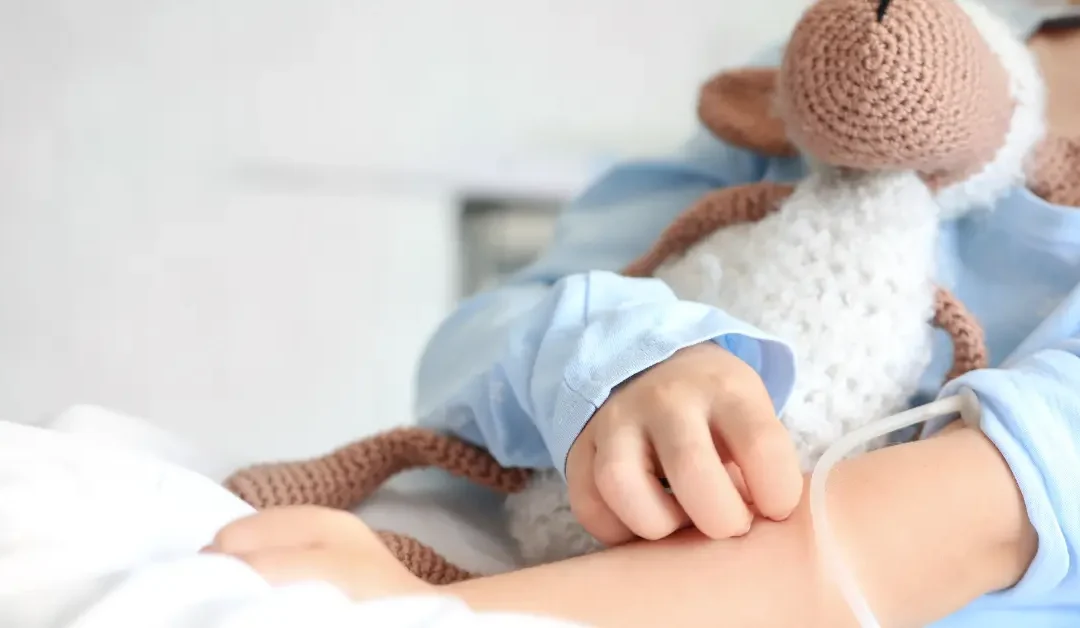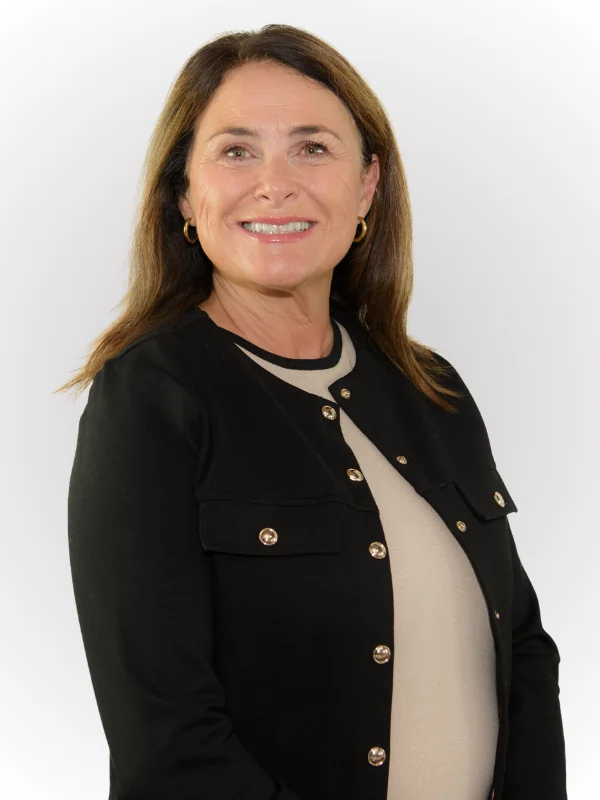The CHI hip surgery review has uncovered serious issues in paediatric care, prompting an apology from CHI and a commitment to reform.

In light of the recent discovery of human remains on a site in Tuam, Co. Galway, a Commission has been established to further investigate the circumstances surrounding these harrowing findings.
Where now stands a housing estate, once stood the Bons Secours Mother and Baby Home, which was established in 1925 by the Order of the Bons Secours Sisters. The Home’s purpose was to provide care and assistance to unwed pregnant women, in a society where pregnancies out of wedlock were frowned upon in a wholly Catholic society. Women were sent to give birth there, rather than at a hospital or at home, and in 1929 a maternity ward was constructed specifically for the purpose of segregating pregnant women from public wards, and indeed, society.
Young women who were sent to the Home were typically required to stay there for one year, carrying out unpaid work for the Sisters in order to reimburse them for their services. Mothers were separated from their babies, who were raised by the Sisters in a separate wing of the Home. At the end of each year, the mothers left the Home, while the babies remained until they were adopted. These adoptions usually took place without the consent of the mother.
The Sisters were paid £1 a week by the County Council for each mother and baby under their care. These payments were likely made by the State with a view to going towards the upkeep and care of those residing at the Home, however a 1974 report of an official inspector revealed that the infants were suffering from malnutrition and ill health. It was further reported that the Home was overcrowded, and that death rates were extraordinarily high. Records show that 34 per cent of children died in the home in 1943; 25 per cent died in 1944; 23 per cent died in 1945; and 27 per cent died in 1946. The cause for such high death rates between the years 1943-1946 is unknown.
The Home remained open for a further 15 years until it’s eventual closure in 1961. Upon closure, women and children who were residing at the Home at the time were sent to similar institutions across the country. In 1972 the Home was demolished, and a housing estate was built.
In 1975, two young boys discovered a chamber while playing on the old site, filled with what appeared to be human skeletal remains. The chamber was believed to have formerly been a septic tank, and common belief at the time was that the skeletal remains belonged to the deceased infants who had been raised in the Home. Further investigations revealed that the common burial ground had not been recorded, and no records were kept of those buried there.
In 2010, the bodies of 222 infants from another home, known as the Bethany Home, were found in a mass unmarked grave in Dublin. Bethany Home was a residential home run by evangelical Protestants. Similar to the Bons Secours Mother and Baby Home, Bethany Home catered to “fallen women”, namely those who were convicted of prostitution or who had fallen pregnant out of wedlock.
Following an increase in these shocking discoveries, a 2012 report revealed that just under 800 children, the majority of them infants, had died at the Bons Secours Mother and Baby Home, Tuam, during its years of operation.
Of those deaths that were properly recorded, common causes were, amongst other ailments, influenza, whooping cough, measles and tuberculosis.
In addition to these revelations, in 2015 a well-known newspaper outlet published a special report claiming that the Health Service Executive (HSE) had voiced concerns in 2012 that at least one thousand children may have been trafficked to the United States for adoption. HSE investigations led to the finding of letters from certain Homes to parents asking for money for the upkeep of children whom had already been discharged, or had died. Further reports commissioned by the HSE mentioned the possibility that death certificates were falsified to allow children to be illegally brokered to the United States for adoption. Deaths recorded at the Bessboro Mother and Baby Home in Cork dropped significantly in 1950 with the introduction of adoption legislation. The HSE voiced it’s concern that this may indicate that babies were identified for adoption, typically to the United States, but were recorded as having passed away in Ireland, with their parents being notified of their death.
A memo published by the HSE in 2012 recommended that the Health Minister at the time be informed with a view towards launching a full inquiry. The report raised concerns that such illegal adoptions, without the consent of birth mothers, would have been facilitated by many respected members of the community, such as doctors, nurses, social workers, and of course the Religious Orders under whose care vulnerable women had entrusted themselves.
Finally, in February 2015, the Mother and Baby Homes Commission of Investigation was established to investigate the treatment of mothers and babies who resided in such Homes between the years 1922-1998. The three-person Commission comprises of Judge Yvonne Murphy as Chairperson, international legal expert on child protection and adoption Dr. William Duncan, and historian professor Mary E. Daly, appointed as Commissioners.
The Commission has commenced an investigation into 14 Homes, using them as a representative sample of the many Homes located around the country. The Homes currently under examination include the following;
The Commission will examine the experiences of women and children who lived in Mother and Baby Homes during the period 1922-1998. As part of this examination, the Commission will investigate:-
The most recent finding by the Commission was recently announced on the 3rd of March 2017. During a test excavation carried out between November 2016 and February 2017, human remains, aged between 35 foetal weeks and 2-3 years, were discovered. These remains were found in an underground chamber on the Tuam site, and a series of tests confirmed that the deceased had died during the period of which the property was used as a Mother and Baby Home- dating from the 1920s to the 1950s.
The Commission has confirmed that it will continue to look into who is responsible for the disposal of the remains in what appears to have been some sort of sewage tank- like structure. It has appealed to State authorities to take responsibility for the appropriate treatment of the remains, and the Coroner has been notified. Katherine Zappone, Minister for Children and Youth Affairs, has stated that the findings of the Coroner will determine the direction of investigation, and a decision will be made on whether other sites around the country ought to be excavated.
On Tuesday the 11th of April 2017, Katherine Zappone TD, published a Second Interim Report of the Commission on Mother and Baby Homes. This Report follows a previous report published by the Commission in July of last year, which focused on seeking and securing the Government’s agreement to publishing a social history module, a confidential committee and an investigative module as part of it’s Final Report.
Ms. Zappone has stated that the emphasis of the Second Interim Report is on children who were unaccompanied by their mothers in Mother and Baby Homes around the country. The Second Interim Report has recommended that the decision that children who were resident in Mother and Baby Homes unaccompanied by their mothers be excluded from the Residential Institutions Redress Scheme which was established in 2002, and has since closed, should be re-examined.
The Residential Institutions Redress Board was set up under the Residential Institutions Redress Act 2002 for the purposes of providing compensation to those who, as children, were abused in industrial schools, reformatories or other such institutions regulated by the State.
The Redress Board was a wholly independent body chaired by Justice Esmond Smyth.
Victims of abuse would proceed by way of application to the Redress Board in order to obtain compensation for any abuse suffered by them while resident in State institutions.
Once the Redress Board was satisfied that an applicant was entitled to redress, an Interim Award not exceeding €10,000 was initially made. Factors influencing the amount of compensation awarded at this interim stage included the age and infirmity of an applicant.
A Final Award would then be made, taking into consideration the following factors when determining the amount of compensation to be awarded;
An informal settlement offer would then be made by the Board, in final settlement of the application, which could be freely accepted or rejected by the applicant. If the applicant accepted the offer, the compensation award would be provided in satisfaction of further proceedings. If the settlement offer was rejected by the applicant, their application would proceed to a hearing, conducted by two or three members of the board.
The Redress Scheme, now closed, provided victims with a straight-forward and relatively expeditious avenue towards achieving recognition and compensation for the abuse that they had suffered while under the care of State-run institutions.
The Government, upon examining the Commission’s recommendation regarding the re-opening of a Redress Scheme for victims of Mother and Baby Homes, has concluded that the implementation of such a scheme is not possible. Reasons surrounding this decision include the fact that the Commission has not yet concluded it’s investigation, and that it would be inappropriate to implement a Redress Scheme in advance of such conclusion.
The Government is also awaiting a Special Report from the Comptroller and Auditor General regarding the Residential Institutions Redress Scheme, and will require sight of same prior to making any decisions on whether the Scheme should be re-opened to compensate unaccompanied children who had been abused while resident in the Homes.
The Commission’s Final Report on the investigation is due to be submitted in February 2018, at which time it’s conclusions and findings will be examined, and consideration given to the possibility of re-opening a Redress Scheme to compensate victims of Mother and Baby Homes.
http://www.irishmirror.ie/news/irish-news/over-7000-babies-died-state-run-5074339
http://www.thejournal.ie/readme/mother-and-baby-home-st-patricks-2380868-Oct2015/
http://www.healthmanager.ie/2014/08/the-scandal-of-our-mother-and-baby-homes/
http://www.thejournal.ie/readme/mother-and-baby-home-st-patricks-2380868-Oct2015/
http://legionofmaryd7.com/regina.htm
http://www.clarechampion.ie/kilrush-mother-and-baby-home-part-of-inquiry/
http://www.irishmirror.ie/news/irish-news/order-nuns-dumped-up-800-9979348
http://www.independent.ie/breaking-news/irish-news/call-for-fresh-abuse-inquiry-30895253.html

Head of Client Services
F: 1800-844-104
E: [email protected]
”At Coleman Legal, excellence in customer care is paramount. We aim to meet both prospective and existing clients’ needs professionally and in a friendly manner with a clear objective of giving quality legal advice and reaching a positive outcome.”